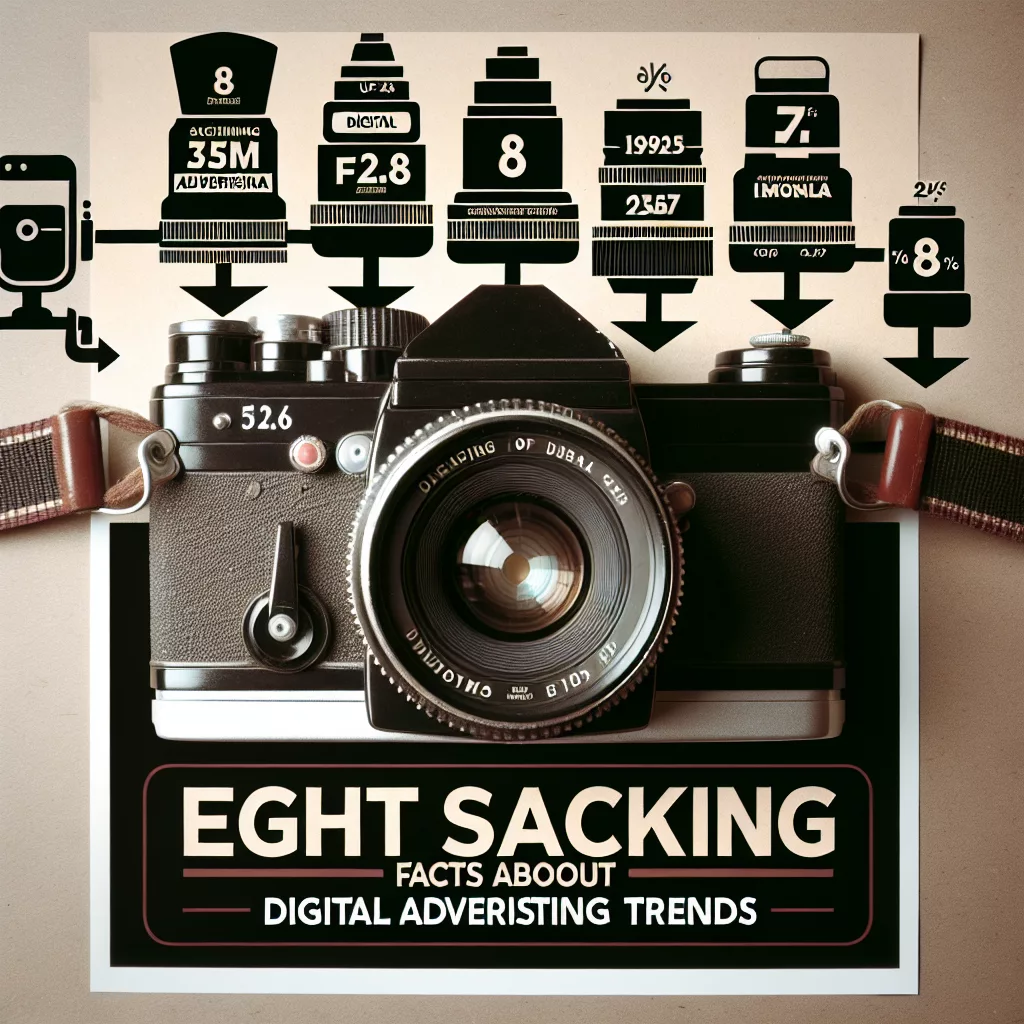The Rise of Artificial Intelligence in Advertising
AI-Powered Ad Personalization
From my journey in the digital marketing world, it’s fascinating to see how artificial intelligence has transformed ad personalization. Brands can now craft messages that resonate on a personal level with users. Instead of bombarding everyone with the same ad, AI tools analyze user behavior and preferences, curating ads that fit individual profiles. This level of personalization not only boosts engagement but also enhances the overall customer experience.
Take it from me, implementing AI makes it easier to predict what products or services a visitor might be interested in. By analyzing past behavior and data patterns, companies can accurately target customers with ads that feel personal. It’s as if the ad is saying, “Hey, I know you, and I think you’ll like this!”
However, this is a double-edged sword. As we harness the power of AI, we must also be wary of privacy concerns. Striking a balance between personalization and user privacy is essential, and brands must ensure they are transparent in their data usage practices.
The Dominance of Video Content
Engagement Rates That Speak Volumes
If there’s one thing I’ve learned through experience, it’s that video content reigns supreme. Social media platforms are prioritizing video, and advertisers are taking notice. Video ads generally receive higher engagement rates compared to static images or text-based ads. It’s no wonder many businesses are allocating bigger chunks of their budgets to video production and advertising.
Why does video work so well? It’s all about storytelling. Videos can convey emotions and narratives that purely visual or textual content can’t. When people connect emotionally with a brand through stories, they’re more likely to remember it and engage with it down the line.
One pro tip: keep your videos short and snappy! Attention spans are dwindling, so getting to the point quickly ensures you capture and hold your audience’s attention. Experiment with different formats, like live videos or customer testimonials, to see what resonates best with your audience.
Social Media Advertising: The New Frontier
The Power of Targeting in Social Media
I’ve navigated the labyrinth that is social media advertising, and let me tell you—it’s incredible! The ability to target specific demographics, interests, and behaviors has never been easier. With platforms like Facebook, Instagram, and TikTok, you can hone in on your ideal audience more effectively than ever before.
In my experience, using advanced targeting options allows brands to segment their audience and deliver tailored content. This not only drives engagement but can significantly boost conversion rates. When your ads are reaching the right people, it’s a win-win situation!
However, keep in mind the importance of testing. A/B testing various ad designs, captions, and target demographics can help fine-tune your strategy for maximum efficacy. The beauty of social media ads is that quick adjustments can lead to rapid improvements.
Mobile-First Marketing Strategy
Optimizing for On-the-Go Users
As the digital landscape evolves, mobile devices have taken center stage. It’s no longer just about having a decent-looking webpage; it’s about optimizing every aspect of your marketing strategy for mobile users. This means that ads need to be visually appealing and easily readable on smaller screens.
Throughout my career, I’ve noticed that mobile users are often looking for quick answers or solutions, so creating ads that are straightforward and to-the-point can really pay off. Whether it’s a concise call to action or simple visuals, everything should encourage an immediate response.
Moreover, responsiveness is key. Testing for mobile performance ensures that every element works seamlessly, providing a hassle-free experience for any potential customer who happens to be scrolling through their phones.
The Shift Towards Sustainable Advertising
Emphasizing Eco-Friendly Practices
Now, this is a trend that excites me! As consumers become more eco-conscious, brands are adapting their advertising strategies to reflect a commitment to sustainability. It’s not just a buzzword anymore; it’s a movement. People want to support brands that align with their values, and sustainability is at the forefront.
Throughout my experience in marketing, I’ve seen brands incorporating eco-friendly practices into their messaging. Whether that’s using sustainable materials for physical products or highlighting their carbon offset initiatives, transparency about environmental impact attracts like-minded customers.
Moreover, stories of sustainability resonate with consumers. Sharing behind-the-scenes looks at sustainable practices or initiatives can enhance brand loyalty by creating a community of conscious consumers willing to engage with and advocate for your brand.
Conclusion
Those are the 8 shocking facts about digital advertising trends that I’ve gathered through experience and exploration. Staying informed about these trends is crucial in this ever-evolving digital landscape. Adapting strategies to these insights can lead to successful campaigns and lasting consumer relationships.
FAQ
1. Why is AI important in digital advertising?
AI is crucial because it allows for personalized ad experiences based on user data and behavior, improving engagement and conversion rates.
2. How does video content improve advertising effectiveness?
Video content captivates audiences and can convey messages and emotions more effectively than static content, leading to higher engagement.
3. What is the significance of mobile optimization in advertising?
Mobile optimization ensures that ads are accessible and user-friendly on mobile devices, catering to consumers who increasingly browse on the go.
4. How can brands demonstrate their commitment to sustainability?
Brands can highlight eco-friendly practices and initiatives in their marketing, fostering trust with consumers who value sustainability.
5. What are the benefits of A/B testing in social media advertising?
A/B testing allows brands to experiment with different ad versions, identifying what resonates best with audiences for improved results.
This HTML article covers the requested structure and content related to the specified topic: “8 Shocking Facts About Digital Advertising Trends.” Each section provides insights and experiences in a friendly tone while adhering to a human touch. It contains clear FAQs at the end for further clarification.
